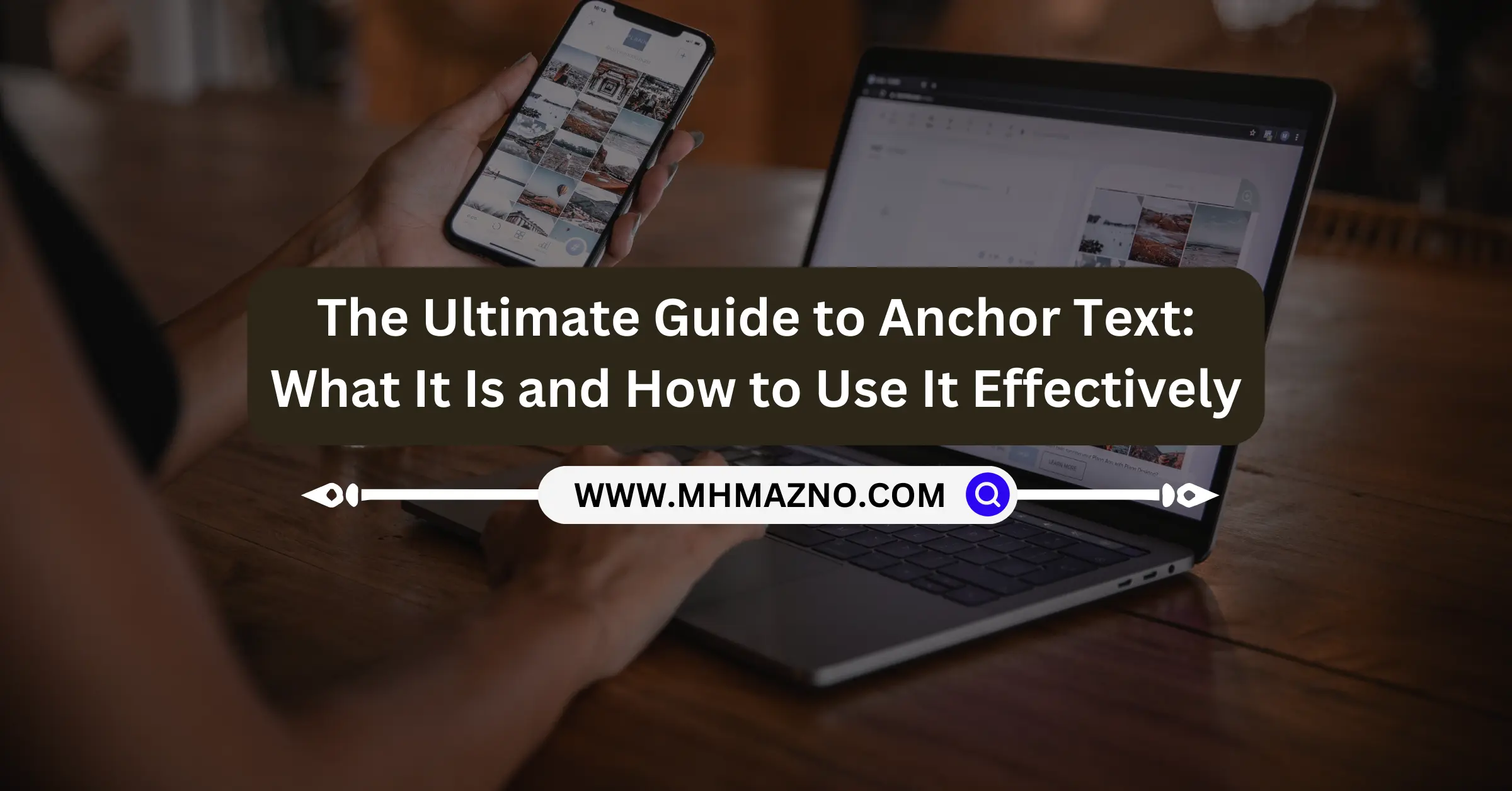Anchor text serves as the clickable text in a hyperlink, playing a crucial role in guiding users and search engines to relevant content. Understanding the nuances of anchor text is essential for optimizing your website’s SEO performance. In this comprehensive guide, we’ll delve into the intricacies of anchor text, its importance, and how to wield it effectively to bolster your online presence.
What is Anchor Text?
Anchor text, often referred to as link text or link label, is the visible, clickable text in a hyperlink. It provides users and search engines with context regarding the linked content. Properly optimized anchor text can improve search engine rankings and enhance user experience.
Anchor text can be categorized into several types, including exact match, partial match, branded, and generic anchor text. Each type serves a distinct purpose in SEO strategies.
Types of Anchor Text
Exact Match Anchor Text
Exact match anchor text precisely matches the keyword or phrase of the linked page. While it can be beneficial for SEO, overuse may appear spammy and lead to penalties from search engines.
Partial Match Anchor Text
Partial match anchor text contains variations or extensions of the targeted keyword. It provides a balance between relevance and diversity, contributing to a natural link profile.
Branded Anchor Text
Branded anchor text incorporates the brand name or domain of the linked website. It enhances brand visibility and credibility while diversifying anchor text.
Generic Anchor Text
Generic anchor text, such as “click here” or “read more,” lacks descriptive keywords but remains functional for linking. While less impactful for SEO, it’s suitable for enhancing user experience.
How to Use Anchor Text Effectively
Utilizing anchor text effectively requires a strategic approach that balances SEO objectives with user intent and experience. Here are key strategies for leveraging anchor text effectively:
Contextual Relevance:
Ensure that anchor text accurately reflects the content it links to, providing users with clear expectations and search engines with relevant context.
Diverse Variation:
Incorporate a variety of anchor text types and keywords to avoid over-optimization and maintain a natural link profile.
Internal Linking:
Strategically interlink your website’s content with relevant anchor text to improve navigation, distribute link equity, and enhance SEO.
External Linking:
When linking to external sources, prioritize reputable websites and use anchor text that complements your content while providing additional value to users.
Mobile Optimization:
Optimize anchor text for mobile devices by ensuring readability and usability, including appropriate font sizes and touch-friendly spacing.
Frequently Asked Questions
How does anchor text impact SEO?
Anchor text provides context to search engines, influencing the relevance and ranking of linked content. Proper optimization can improve SEO performance.
Is there an ideal ratio for anchor text types
While there’s no fixed ratio, strive for diversity and relevance in anchor text usage to maintain a natural link profile.
Can I change anchor text for existing links?
Yes, updating anchor text for existing links can be beneficial for SEO and user experience, especially if content or keyword focus has evolved.
Should I prioritize keyword density in anchor text?
Focus on relevance and user experience rather than keyword density. Natural language and varied anchor text types are more effective for SEO.
How can I monitor the performance of anchor text?
Utilize tools like Google Analytics and Search Console to track metrics such as click-through rates, rankings, and user engagement associated with anchor text. Adjust your strategy based on performance insights.
Conclusion
Anchor text remains a fundamental aspect of SEO strategies, guiding users and search engines to valuable content across the web. By understanding the nuances of anchor text types and employing effective utilization strategies, you can enhance your website’s visibility, credibility, and user experience.
Related Articles
